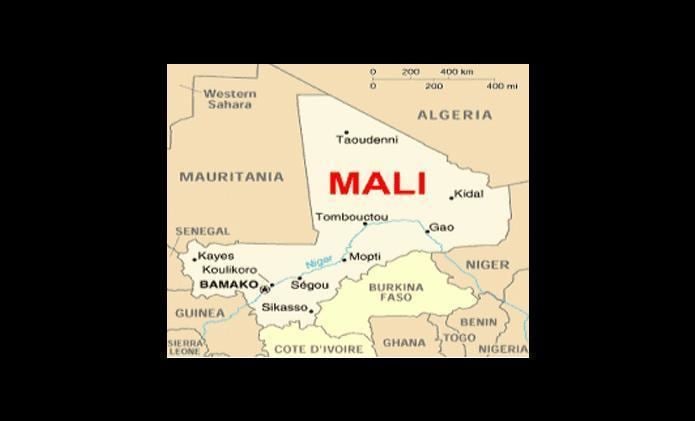 | ||
The ancient university of timbuktu mali west africa
The University of Timbuktu is a collective term for the teaching associated with three mosques in the city of Timbuktu in what is situated in Mali: the masajids (mosques) of Sankore, Djinguereber, and Sidi Yahya. It was not a university in the modern sense, but simply a loosely organized center of learning that endured for many centuries during the medieval period.
Contents
History
Timbuktu quickly grew in importance by the start of the 12th century, with a thriving economy based on trading salt, gold, spices and dyes. As the wealth of the city grew, it also became a center of learning, attracting scholars and manuscripts. It acquired a reputation for learning and scholarship across the Muslim world.
According to African scholar Shamil Jeppie in The Meanings of Timbuktu:
...Timbuktu is a repository of history, a living archive which anybody with a concern for African history should be acquainted with. Timbuktu may be hard to get to but it played an essential role as a centre of scholarship under the Songhay state until the invasion from the rulers of Marrakesh in 1591, and even thereafter it was revived.
After Timbuktu was occupied because of the 1591 Battle of Tondibi, the university went into decline. In 1593, Ahmad I al-Mansur cited "disloyalty" as the reason for arresting, and subsequently killing or exiling, many of Timbuktu's scholars, including Ahmad Baba al Massufi.
The university
It was not a university in the modern sense. There was no central organization or formal course of study. Each student chose a teacher, and instruction took place in mosque courtyards or private residences. The primary focus was on study of the Quran and Islamic subjects, but more academic subjects were also taught, such as "medicine and surgery, astronomy, mathematics, physics, chemistry, philosophy, language and linguistics, geography, history, as well as art." Teachers associated with the Sankore mosque and the mosque itself were especially respected for learning.
It boasted up to 25,000 students out of a total city population of 100,000.
Noted scholars associated with the institution include:
Manuscripts
Of the tens or hundreds of thousands of manuscripts written or copied in Timbuktu, some were taken by the French, the former colonial masters, but many surviving examples had been stored in the Ahmed Baba Institute of Higher Islamic Studies and Research, Timbuktu's main library, which was completed in 2009. However, al-Qaeda in the Islamic Maghreb (AQIM), a terrorist group, took control of the city in 2012. They were forced out by French and Malian government troops the next year, but not before setting fire to two buildings housing many of the manuscripts, including the Ahmed Baba Institute. Fortunately, most of the manuscripts had been removed and hidden before the AQIM takeover.
